
Kali Linux is one of the best Linux distributions for hacking and security enthusiasts.
Since it deals with a sensitive topic like hacking, it’s like a double-edged sword. We have discussed it in the past with a detailed Kali Linux review, so I am not going to bore you with the same stuff again.
While you can install Kali Linux by replacing the existing operating system, using it via a virtual machine would be a better and safer option.
With VirtualBox, you can use Kali Linux as a regular application in your Windows/Linux system. It’s almost the same as running VLC or a game in your system.
Using Kali Linux in a virtual machine is also safe. Whatever you do inside Kali Linux will NOT impact your ‘host system’ (i.e. your original Windows or Linux operating system). Your actual operating system will be untouched and your data in the host system will be safe.
How to Install Kali Linux on VirtualBox
I’ll be using VirtualBox here. You may also install Kali Linux on VMWare.
VirtualBox is a wonderful open source virtualization solution for anyone (professional or personal use). It is available free of cost.
In this tutorial, we will talk about Kali Linux in particular but you can install almost any other OS using the ISO file or a pre-built virtual machine save file.
The same steps apply for Windows/Linux running VirtualBox.
As I already mentioned, you can have either Windows or Linux installed as your host. But, in this case, I have Windows installed (don’t hate me!), where I try to install Kali Linux in VirtualBox step by step.
And, the best part is that even if you use a Linux distro as your primary OS, the same steps will be applicable!
Wondering how? Let’s see…
Step-by-Step Guide to Install Kali Linux on VirtualBox
1. Download and install VirtualBox
The first thing you need to do is to download and install VirtualBox from Oracle’s official website.
Once you download the installer, double click on it to install VirtualBox.
There are several ways you can install VirtualBox in Ubuntu, Fedora, etc.
2. Download ready-to-use virtual image of Kali Linux
After installing it successfully, head to Kali Linux download page to download the VM image for VirtualBox. If you change your mind about utilizing VMware, that is available too.

As the file size is around 3 GB, you should either use the torrent option or download it using a download manager, whichever is fastest for you.
3. Install Kali Linux on Virtual Box
Once you have installed VirtualBox and downloaded the Kali Linux 7z image, you just need to add it to VirtualBox in order to make it work.
Here’s how to add the VirtualBox image for Kali Linux:
Step 1: Extract the downloaded 7z file. You can use 7zip for extracting the file.
Step 2: Launch VirtualBox. You will notice an Add button – click on it.

Step 3: Next, browse the folder you just downloaded and extracted. Choose the VirtualBox Machine Definition file to be added (as you can see in the image below). The file name should start with ‘kalilinux‘ and end with .vbox extension.
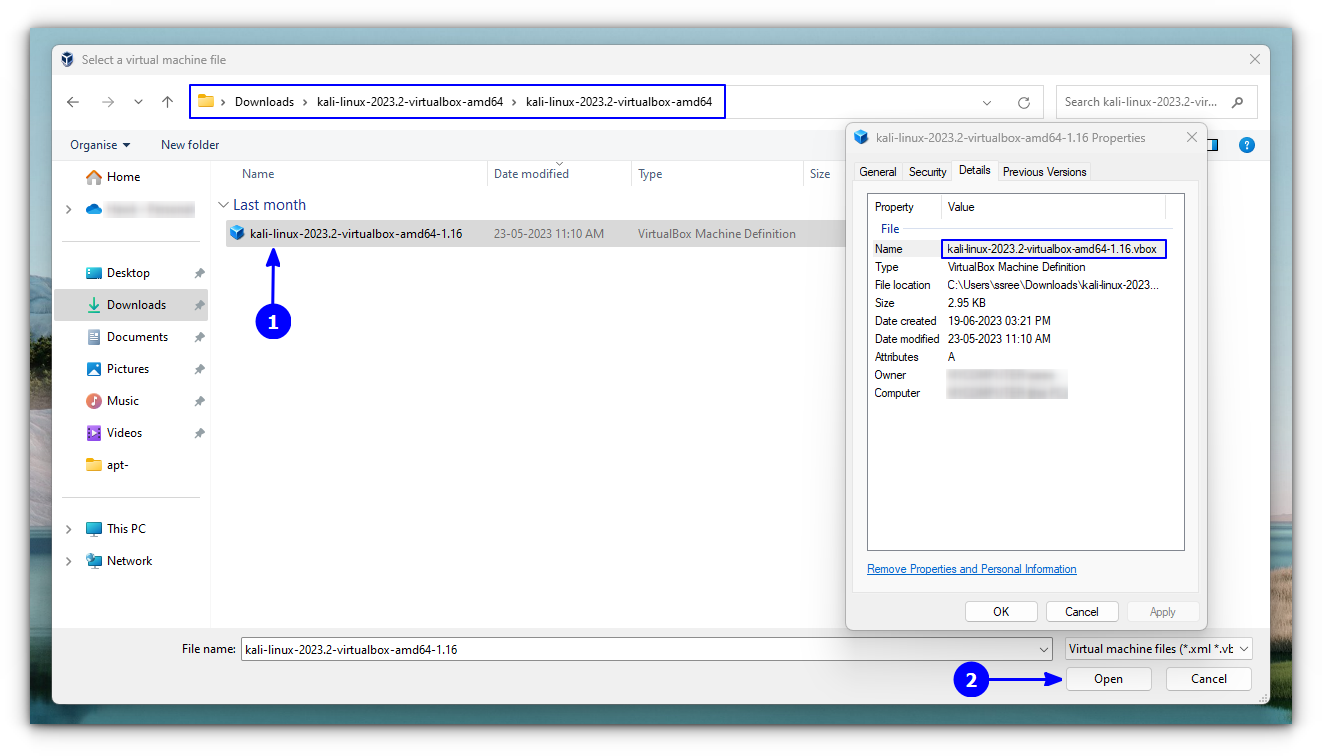
Once selected, proceed by clicking on Open.
Step 4: Now, you will be shown the settings for the virtual machine you are about to add. So, you can customize them or not – that is your choice. It is okay if you go with the default settings.
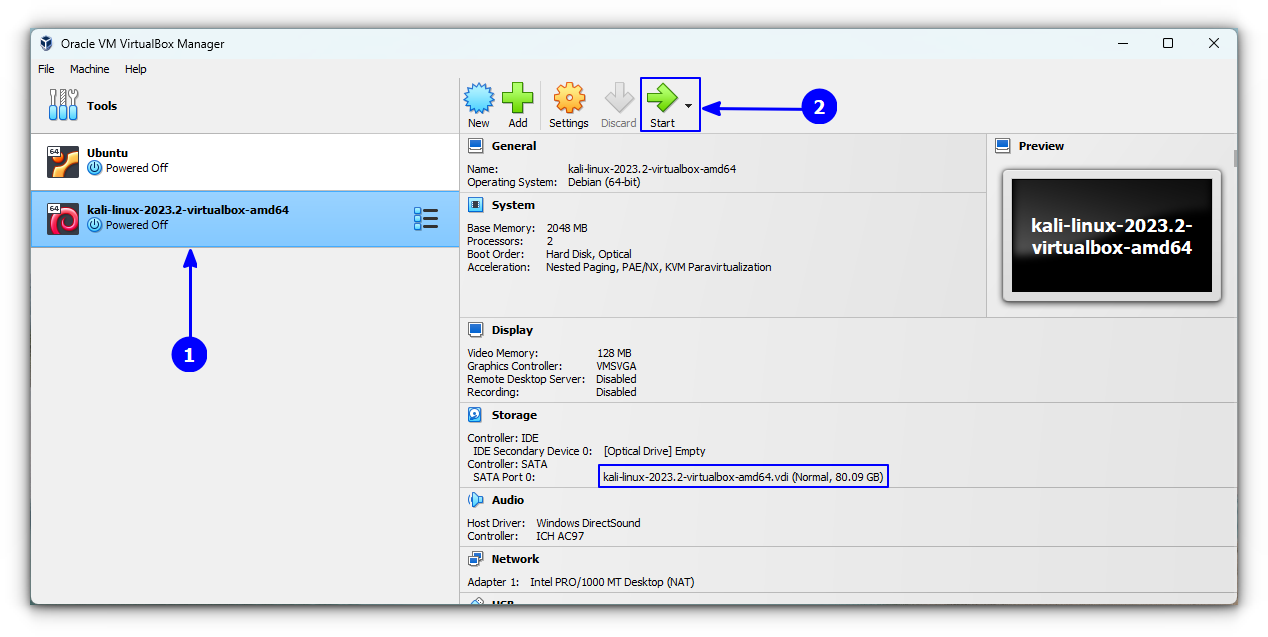
Here, the hard drives as VDI refer to virtually mounting the hard drives by allocating the storage space set.
After you are done with the settings, hit Start and wait for a while.
You might get an error at first for USB port 2.0 controller support, you can disable it to resolve it or just follow the on-screen instruction of installing an additional package to fix it. And, you are done!
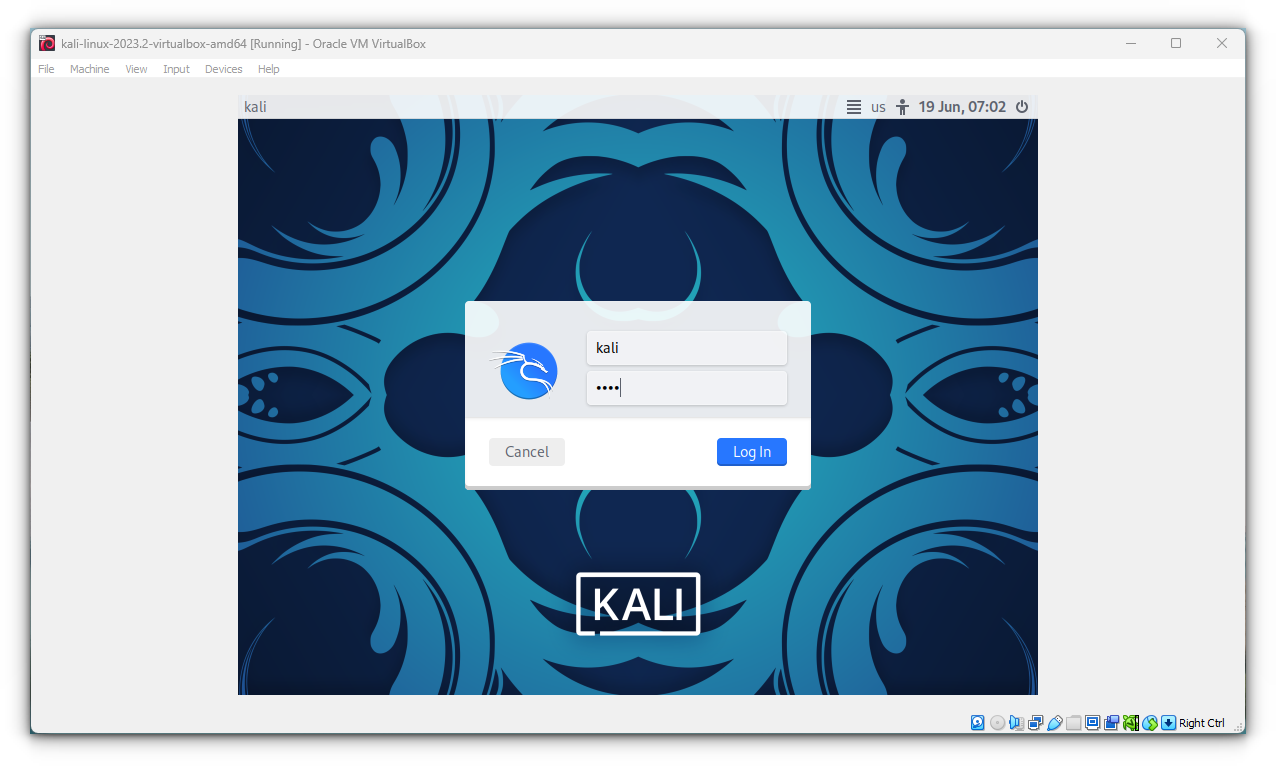
The default username in Kali Linux used to be root and the default password was toor. But since January 2020, Kali Linux is not using the root account.
Now, the default account and password both are kali.
You should be able to login to the system with it.
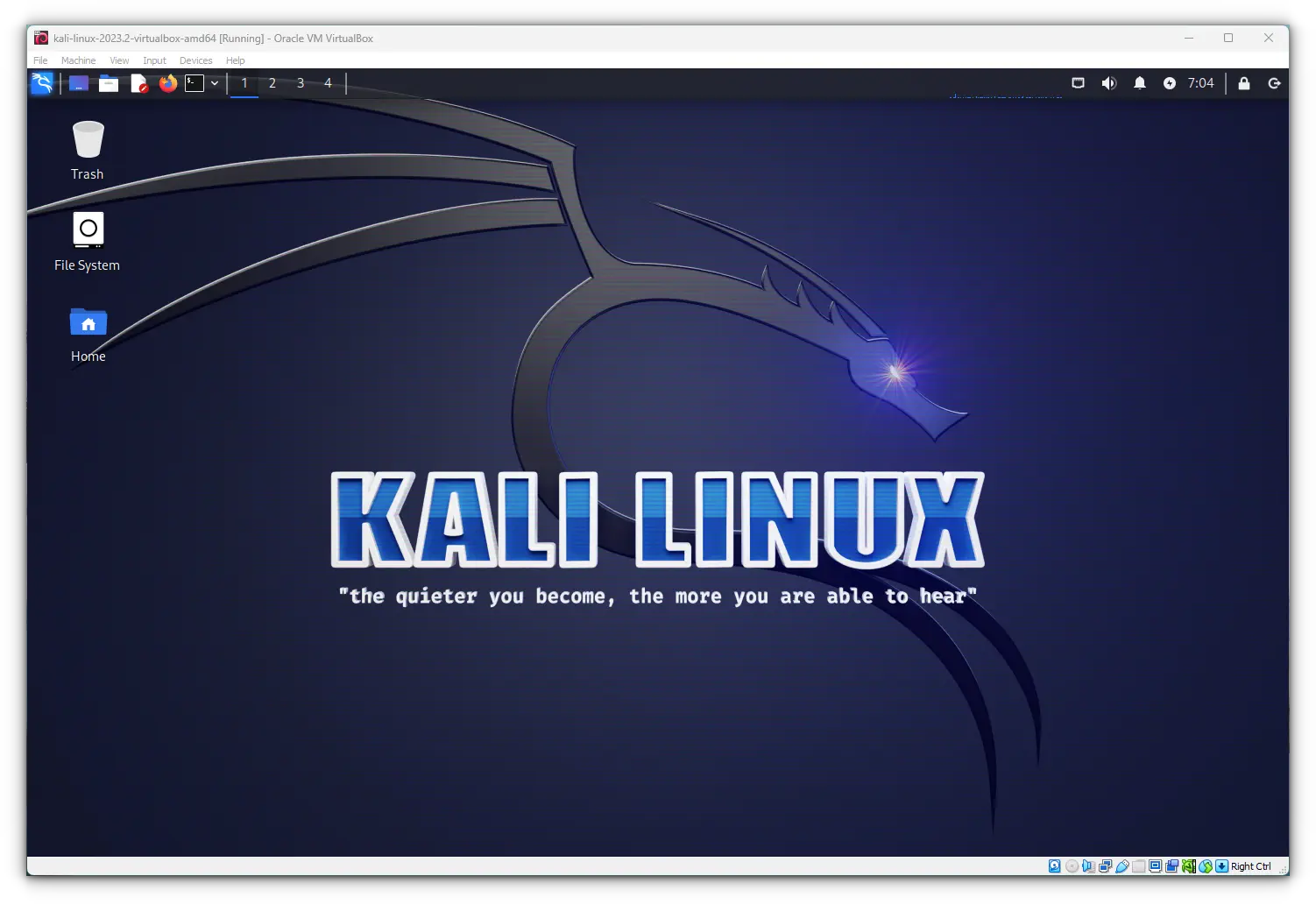
Do note that you should update Kali Linux before trying to install new applications or trying to hack your neighbor’s WiFi.
The VirtualBox Guest Addition is pre-installed in the Live image since Kali Linux 2021.3.
Of course, Kali Linux has a lot of useful tools in it for penetration testing – so you can explore those after installation.
Both Kali Linux and Ubuntu are Debian-based. If you face any issues or error with Kali Linux, you may follow the tutorials intended for Ubuntu or Debian on the internet.
Suggested Read 📖
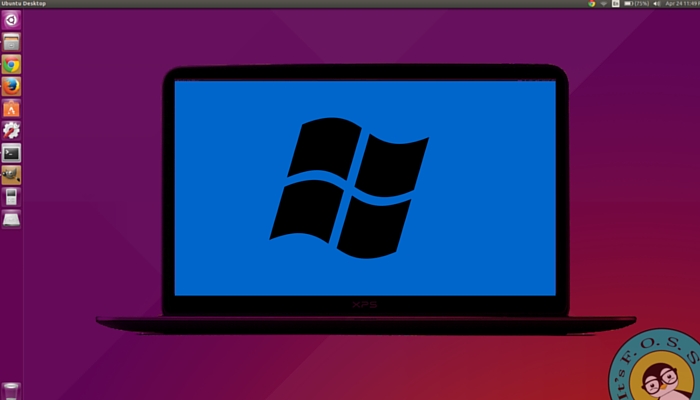
How to install Kali Linux on VirtualBox using VDI
While you can always follow the instructions recommended above, there's also another way of installing Kali Linux.
You will notice a VDI file when extracting the 7z file of Kali Linux. You can use this VDI file to create a Kali Linux Virtual Machine.
Open VirtualBox and select New option.
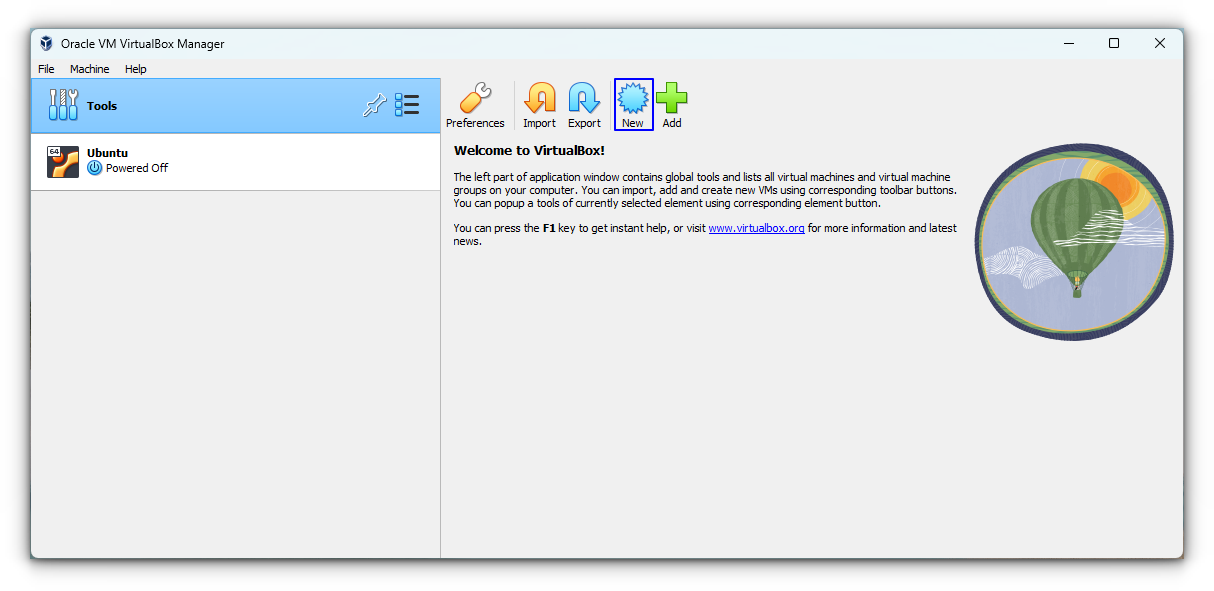
Now, go to expert mode on Virtual box.
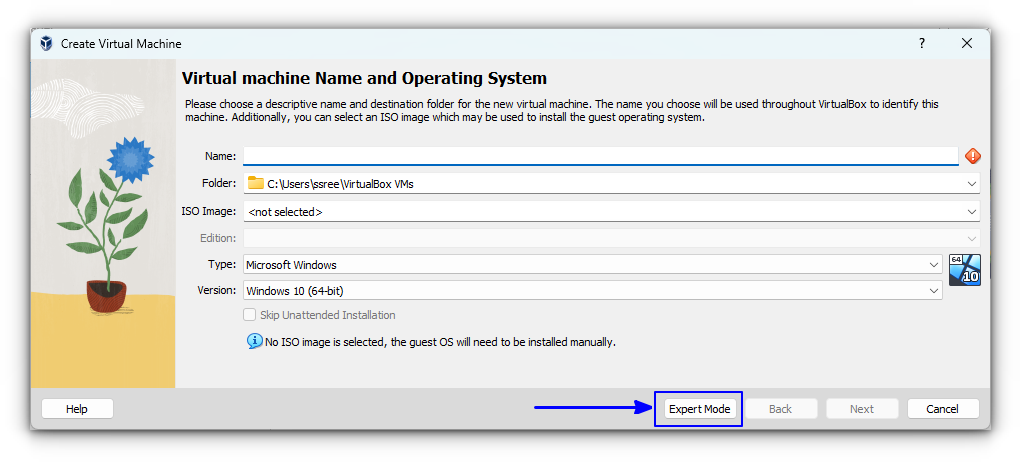
This is nothing but a comprehensive view of all the tweaks that we can do. From there, set all the things like below:
- Name of VM: Kali Linux
- Type: Linux
- Version: Debian 64-bit
- Under Hardware, Base Memory (RAM): 4GB (Recommended)
- Processors: More than one, as per availability
Now, for the Hard Disk part, select Use an existing Virtual Hard Disk File and browse for the extracted .vdi file of Kali Linux.
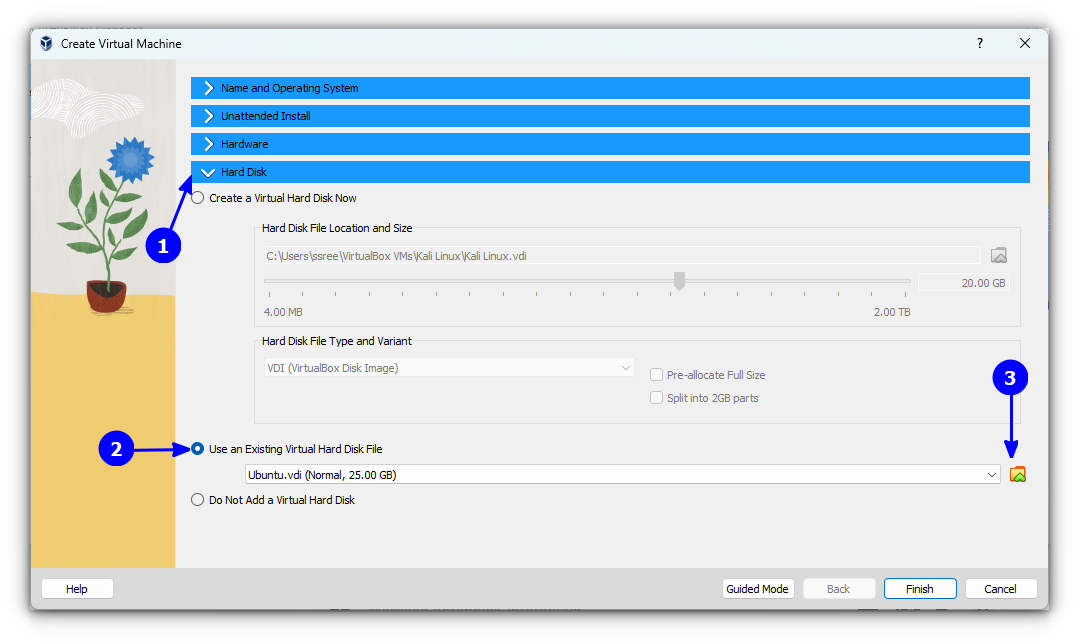
On the new dialog box, click on Add and search for the VDI file in resulting file browser. Once you find the file, select it and then press choose.

You can now press the Finish button.
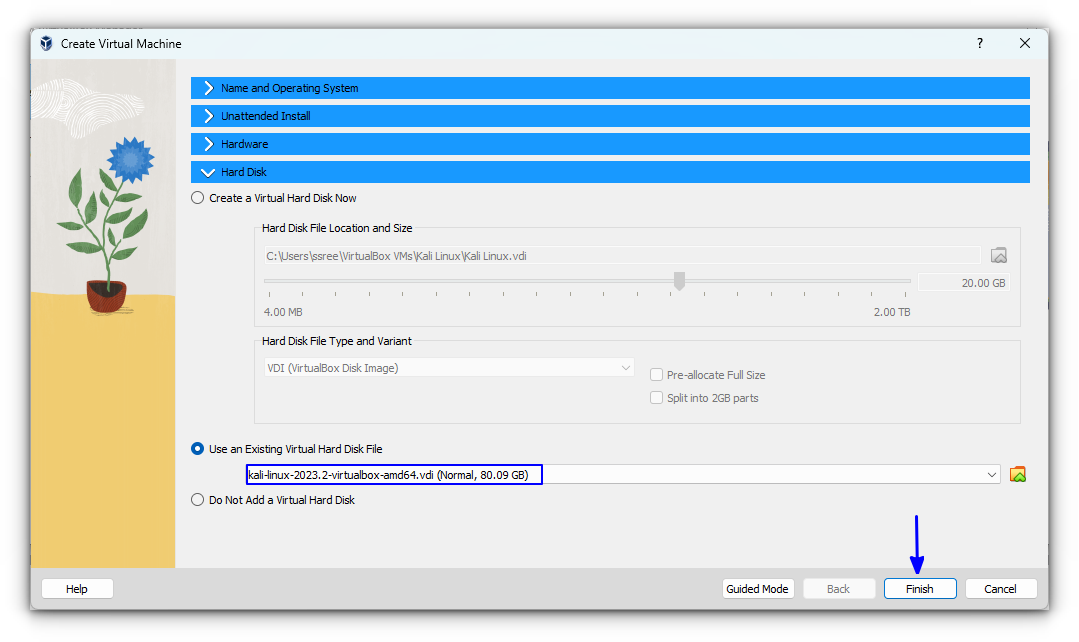
The VM created will have several settings like Display Memory, Network etc set to default. You should give the Display memory as 128 MB and choose to enable 3D acceleration.
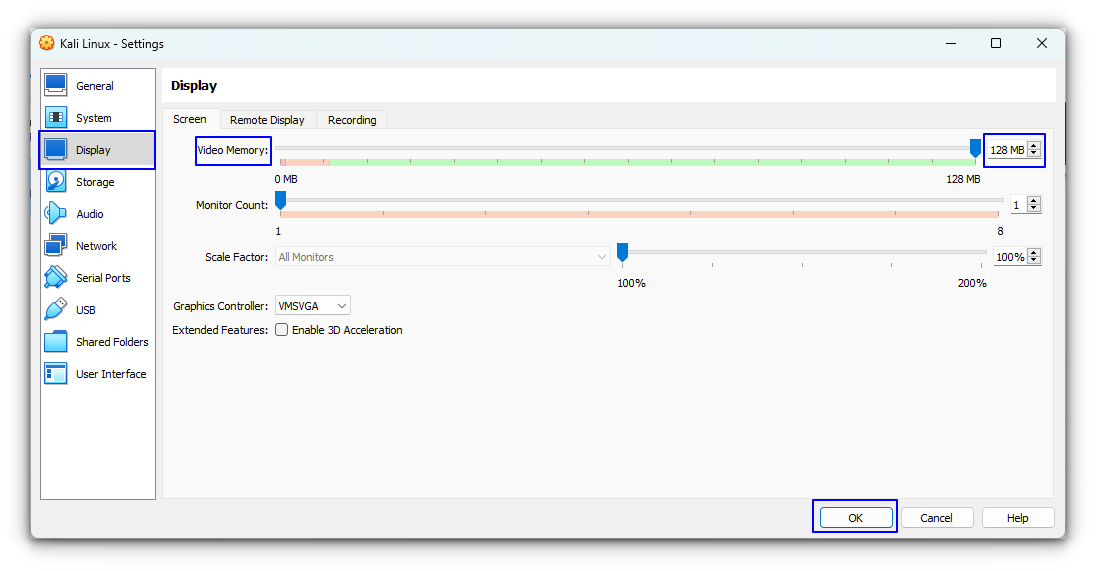
You can now start the VM, and use username and password "kali" once asked to log in.
You can always install Kali Linux using the ISO file, which has same process like any other Linux distribution.

Bonus: Free Kali Linux Guide
If you are just starting with Kali Linux, it will be a good idea to know how to use Kali Linux.
Offensive Security, the company behind Kali Linux, has created courses that explains the basics of Kali Linux, configuration, and more. It also has a few chapters on penetration testing and security tools.
Basically, it has everything you need to get started with Kali Linux. And the best thing is that the course is available for free. You can go to the portal to explore courses and certification exams, and learn them there.
Let us know in the comments below if you face an issue or simply share your experience with Kali Linux on VirtualBox. If you are curious, you can also try Kali Linux on Windows using WSL.


